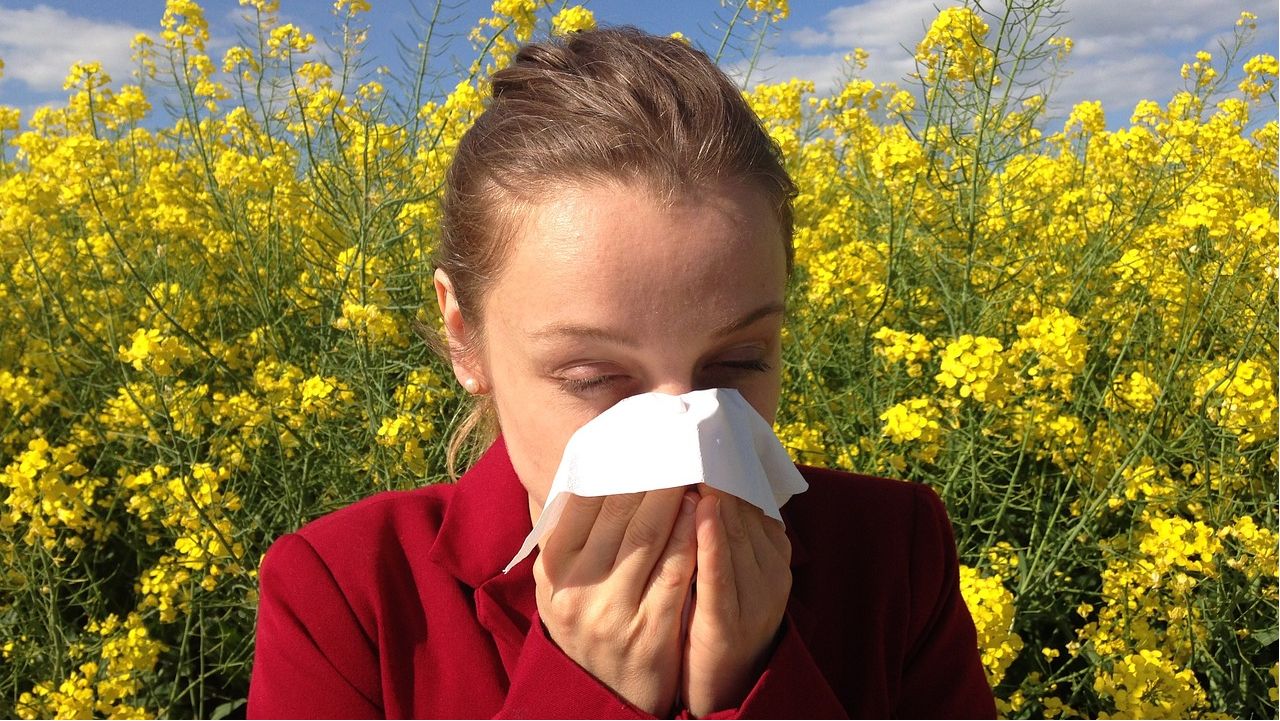It's the time of year that many people dread. It's certainly not the warmer temperatures, but the seasonal allergies they suffer through when all the trees and plants explode, sending massive amounts of pollen grains into the air.
It might surprise you to know that the weather can affect your allergies. If you feel congested when it rains, or have runny and watery eyes when it’s windy outside, you might have weather-related allergies.
Allergic reactions occur when your immune system reacts to an allergen—anything your body identifies as “foreign.” Allergy symptoms can be similar to symptoms from other conditions, such as the common cold. These symptoms are often worse if you also have asthma.
The symptoms include watery eyes, a runny nose, sneezing, congestion and coughing. These symptoms can be fairly mild and just a nuisance treated with over-the-counter medications, or can be quite debilitating and cause the patient to seek out special treatments.
When you find yellow dust covering your car, you know what pollen looks like. This fine, dust-like substance helps fertilize plants.
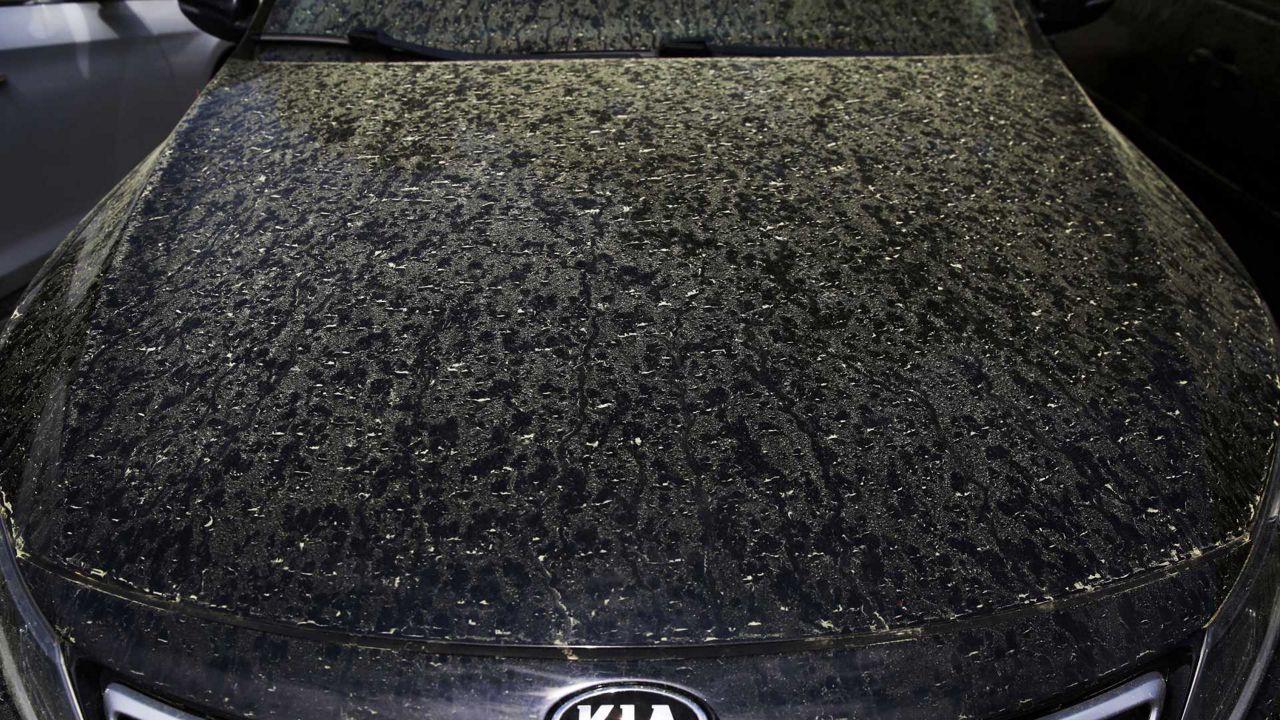
With all that pollen in the air, certain types of weather conditions can play a role in which days can be worse for allergy suffers.
Dry, windy days can certainly cause allergy symptoms to spike. Wind plays a big role in pollen levels. It is very lightweight, and is easily picked up and carried through the air when it’s dry and windy. The allergen is then in the air you breathe, in very large amounts.
Mold is another source of allergy symptoms on dry, windy days. Molds and fungi are very common outdoors, and wind can pick up their spores (seeds) and spread them around.
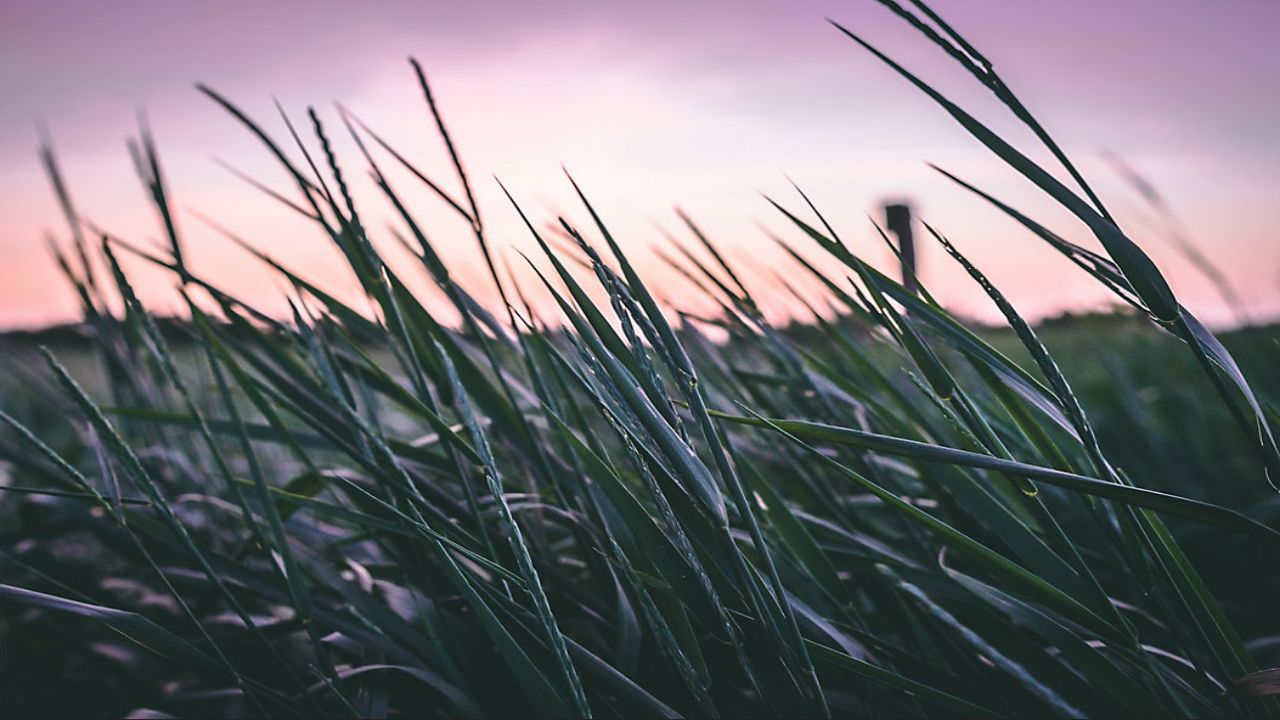
Allergy symptoms can also be worse on humid, rainy days. Although mold spores often spread through wind, some types of mold spread when humidity is higher. Spores from these types of mold travel through fog or dew.
Humid, rainy days can sometimes be beneficial for people with pollen allergies. When pollen gets wet, it becomes heavier, making it more likely to stay on the ground rather than in the air where you might breathe it in.
However, rain can sometimes have the opposite effect on pollen. When humidity is very high, pollen particles can actually explode and leak allergenic proteins into the air. This often happens during a thunderstorm.
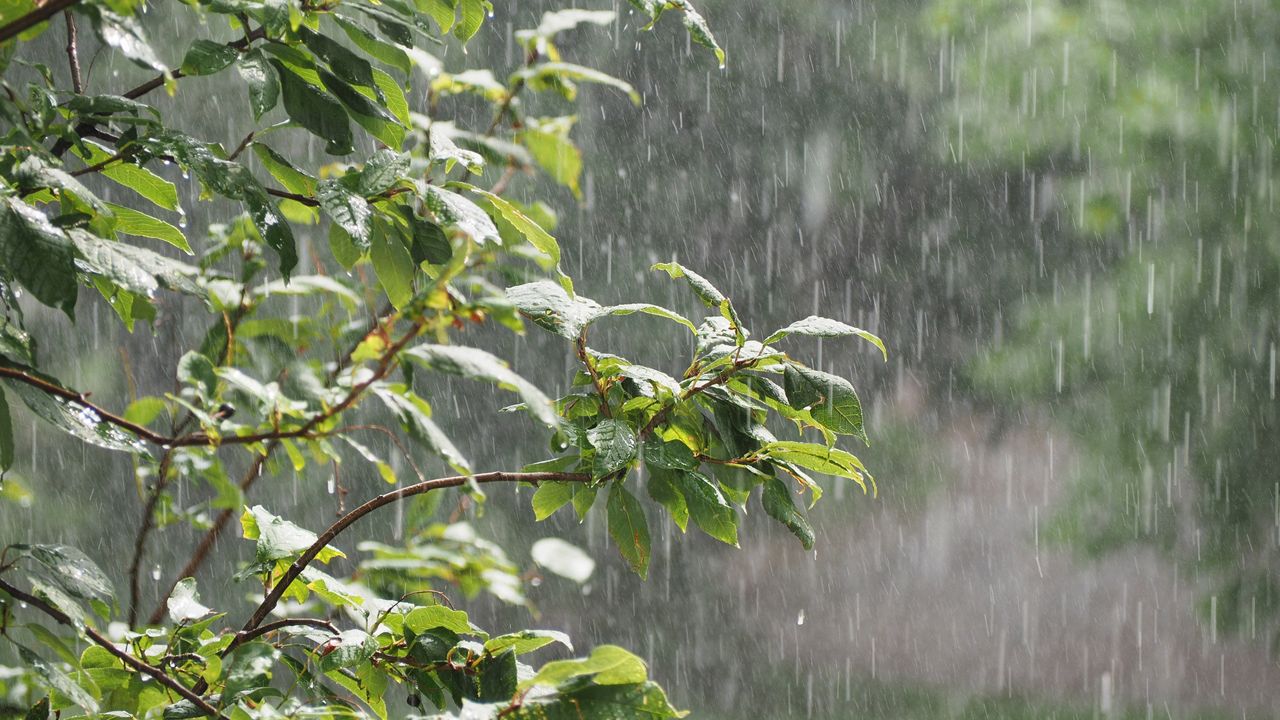
Also, different seasons bring with them different types of allergies.
Spring allergies typically start in February and end toward June. This is because of plant pollination cycles. Large amounts of pollen from grasses and trees are present in the spring when temperatures are cooler at night and warmer during the day.
Pollen levels are highest in the evenings during the spring.
Pollen season for grass and trees continues into the summer. Pollen levels are highest in the evenings at the beginning of summer. Ragweed pollen season hits later in the summer, with higher pollen levels in the mornings.
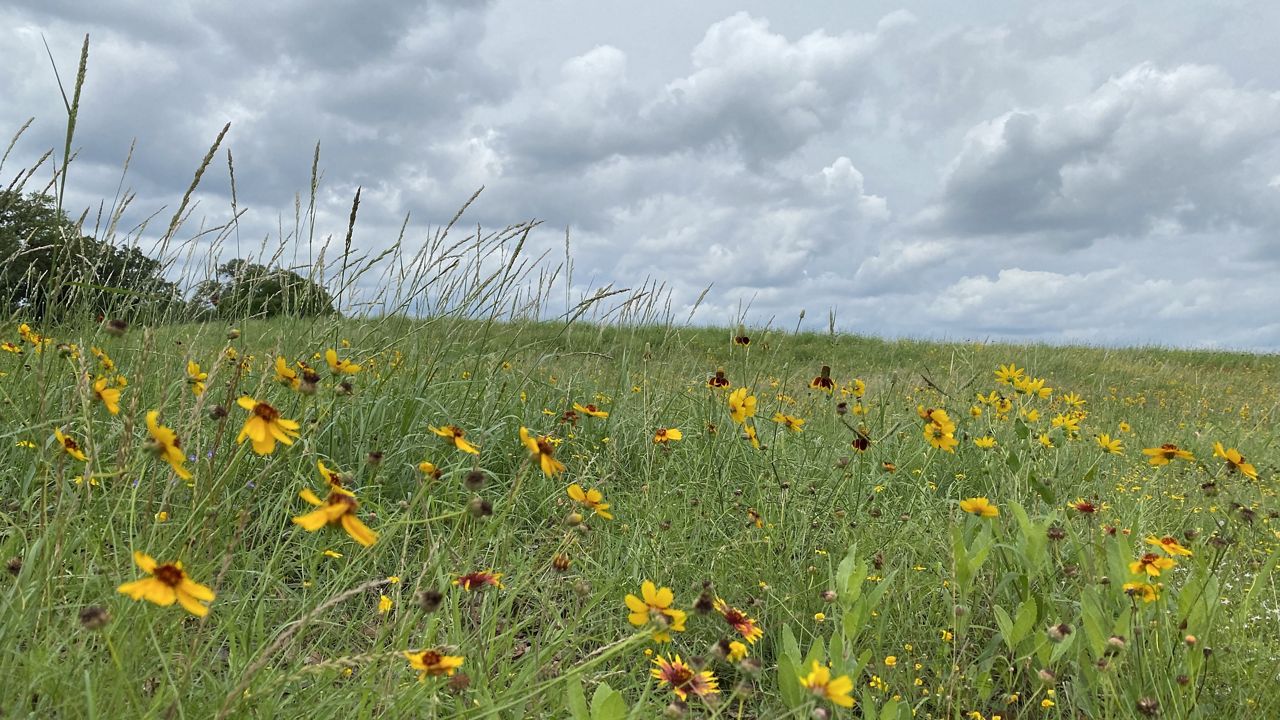
Fewer plant allergens are present in the air when fall hits, but ragweed pollen season continues into early fall. Mold can also be present in damp areas, such as near piles of dead leaves.
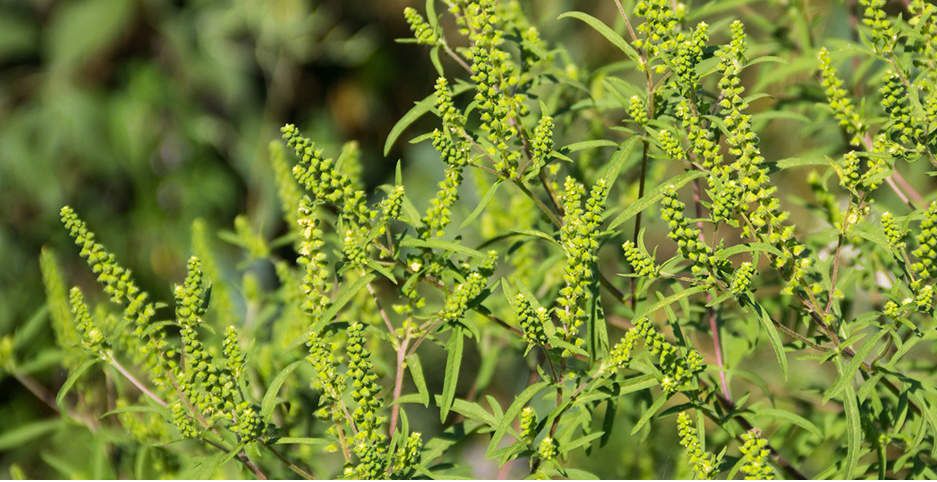
The best way to deal with allergies is to try to avoid those days when the weather can play an adverse role and, of course, keep your allergy medication close at hand.



